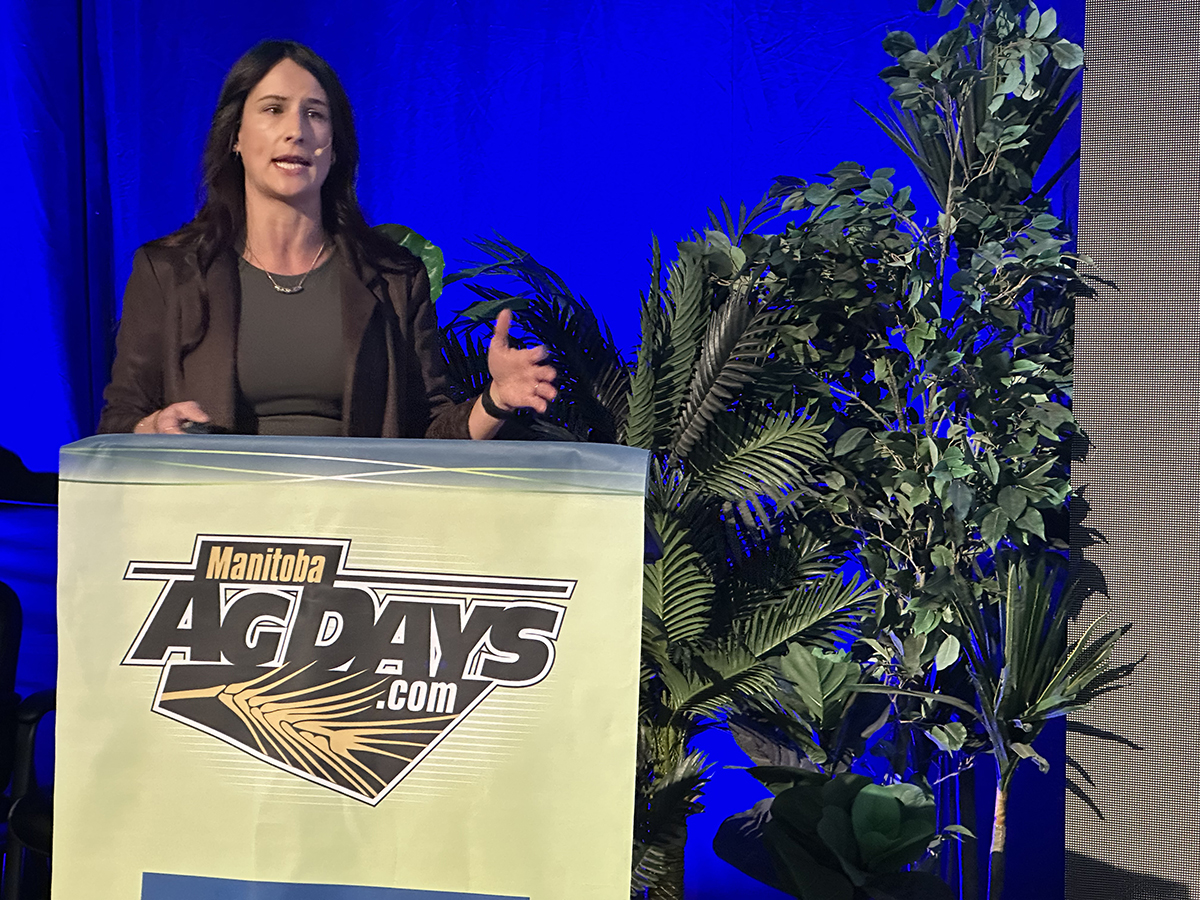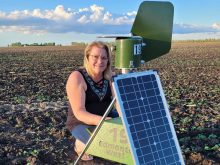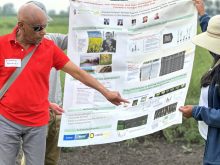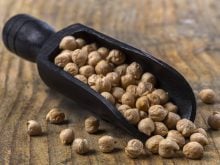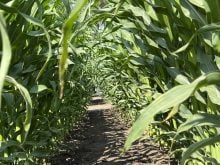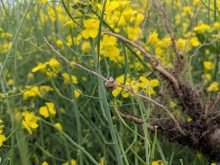Glacier FarmMedia – Verticillium is a newcomer to the pantheon of Canadian crop diseases and according to Justine Cornelson, agronomic and regulatory services manager with BrettYoung Seeds, researchers still have much to learn about it.
“Verticillium is a new disease to Canada,” said Cornelson. “It was first identified on a farm south of Winnipeg in 2014, but it has now been identified in many other production regions.”
As a result, very little is known about the disease.
Read Also

Alberta cracks down on trucking industry
Alberta transportation industry receives numerous sanctions and suspensions after crackdown investigation resulting from numerous bridge strikes and concerned calls and letters from concerned citizens
Canola yields were down across the Prairies last year. Cornelson said much of the yield loss has been attributed to heat stress and drought loss in Saskatchewan and to blackleg in Alberta. However, poor yields coincided with a severe outbreak of verticillium in Manitoba, and many farmers and agronomists are thinking the soil-borne disease might be the issue.
However, Cornelson said it’s hard to pin down exactly how verticillium affects yield.
“There’s nothing to really validate that those were the primary losses, just anecdotes and field evidence,” she said.
“When we look to yield losses for verticillium, we don’t have a good answer.”
The problem is that because it’s so new, very little research has been done in Canada.
“It’s probably only been the last five years that this disease has been taken seriously, where there’s been investment into research and a more focused effort,” she said.
Because research projects can take up to five years and 2020 was basically a write-off because of COVID, in many cases we’re only seeing the very earliest results from that research now.
While the disease is new to Canada, the brassica-loving species verticillium longisporum that was discovered here in 2014 was first discovered in Germany on horseradish in 1960. As a result, it would make sense that plant pathologists could lean on European research to deal with the disease. Unfortunately, the Europeans have been no help.
“They actually kind of try to spin it as a positive,” said Cornelson.
“It’s a kind of a natural, dry-down product for them, thought to help with harvestability.”
Because it’s a soil-borne disease, fungicides won’t be effective. For the same reason, crop rotation, the go-to for any integrated pest management approach, isn’t all that effective because canola is everywhere and the disease is wind-borne.
So, a lot of the hope and expectation is for some kind of silver bullet from plant breeders to develop resistant hybrids.
But Corleson cautions that rushing something to market isn’t always the best idea. She pointed to clubroot. It was discovered in 2003 and within six or seven years, new resistant hybrids came on the market. However, within four years, those hybrids were overcome.
“We want to provide a product that’s going to have some longevity and help solve our answers to verticillium,” she said. “It’s tough to provide any sort of management practices, but we are working on it.


